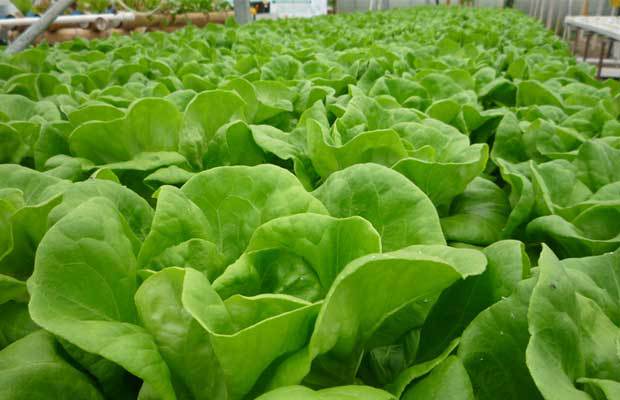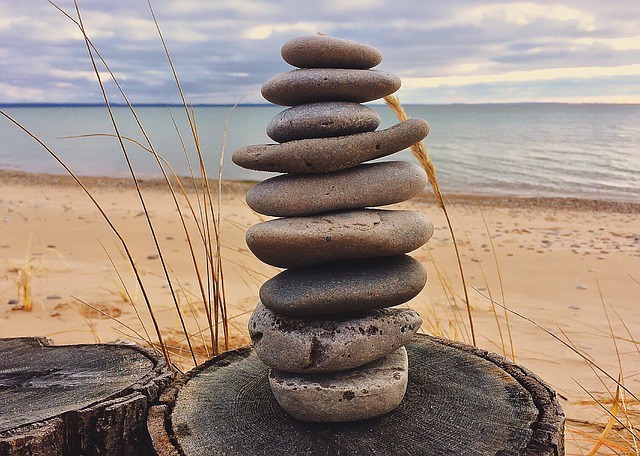
Increasingly, people are looking for ways to have more control over the source of their food. They are also looking for ways to make their food supply more sustainable. The answer, for many, is found in aquaponics, a fairly new method of gardening that is quickly becoming popular. Aquaponics gives people a sustainable way to grow their own food at home, regardless of what the soil in their yard may be like.
“Aquaponics is an environmentally friendly route to growing food right at home, in schools, or pretty much anywhere,” explains Sylvia Bernstein, president of The Aquaponic Source, and author of the book “Aquaponics Gardening: A Step-By-Step Guide to Raising Vegetables and Fish Together” (New Society Publishers, October 2011). “Based on the idea of raising fish to create your own plant fertilizer, it creates a natural food source that can’t be beaten.”
Aquaponics is easy enough for anyone to get involved. Here are some tips for starting an aquaponics garden of your own:
- Get Educated. Find a trusted source of information, like Bernstein’s book or corresponding online course, to make sure your experience is successful, the first time.
- Get the right fish. Although you can use a wide variety of fish, you want to stick to freshwater varieties. Determine whether you want to raise the fish for the fun of it or whether you plan to eat them. If you want to include eating the fish in your plans, you may want to opt for raising tilapia. They are the most commonly used fish for aquaponics, they are easy to grow, reproduce readily in captivity, and most people like the way they taste.
- Pick your plants. When choosing the plants to include, opt for ones that are not acid-loving varieties. Be sure to plant them with their ultimate growth size in mind, so they can each get the sunlight they need.
- Establish the microbes. Every successful aquaponics system must have a good beneficial bacteria source. This is an essential step that must not be overlooked, or the fish and plants will not be able to live.
- Add the worms. After a couple of months of having the system up and running, you should add some red worms in order to help break down the fish waste that will be used for fertilizing the plants.
- Consider other elements. There are other things that need to be considered, including the temperature of the water, which will depend on the type of fish you are raising. Lighting is also important when it comes to growing your plants, although it is not needed for your fish. You will also want to take the size of your tank into consideration, as that will determine just how much you can comfortably grow.
- Get expert help. When you have questions about getting started, or about maintaining an aquaponic garden, be sure to speak with an expert. The information will be invaluable, helping to ensure that everything is set up correctly and that each garden is successful.
“We love to help people get their system set up,” added Bernstein. “Knowing that someone is getting started on this route to sustainable gardening is a step in the right direction for them, as well as for the planet.”
In addition to Bernstein’s book, she is the owner of The Aquaponic Source center, located in Longmont, Colo., 15 minutes NE of Boulder. The center focuses on all things Aquaponics and features a retail store, education center, and research and development lab. They offer free tours every Saturday at 1:00 and on-site classes, which teach people how to be successful with aquaponics. The retail store sells all of the necessary supplies, including aquaponics systems and aquaponics plumbing.




















